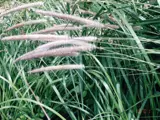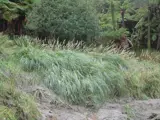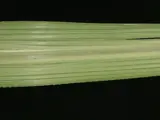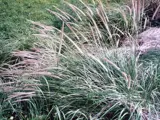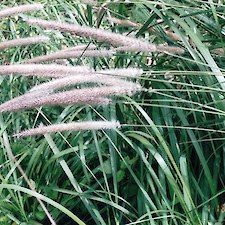 African feather grass
African feather grass
Common name: African feather grass
Botanical name: Cenchrus macrourus
Management programme: Progressive Containment
Brought over from South Africa in the mid-nineteenth century, African feather grass was introduced to help bind soil in erosion-prone areas. Ironically, by binding soil in one area it can cause flooding or erosion in nearby habitats.
Why is it a pest?
- Spreads incredibly quickly through prolific seed production and has a vigorous creeping root system that forms dense clumps and crowds out native plants and valuable grazing land.
- It is a fire hazard.
- Can harbour rats and mice.
Where is it found?
African feather grass is scattered throughout the region, with Rotorua being a particular hotspot. Particular risk areas include pasture, streambanks, lake edges, sand dunes, roadsides, wastelands, and swamps.
What does it look like?
- Most easily identified by the distinctive seedheads (December to April) that are straw yellow, sometimes with a purplish tinge and grow on a narrow spike 10-30cm long.
- It seeds prolifically from two years old. Large quantities of seeds are spread by the wind and the seed bristles easily hook on to clothing or animal fur.
- As a tussock-forming grass up to 2m tall it can be mistaken for pampas grass or toetoe.
- Leaves are light green on the top and dark green on the underside, with prominent ribbing on the underside.
- The leaf-base has a fringe of dense needle-like hairs that can cause skin irritations.
What are the rules?
Progressive Containment
Progressive Containment species are pests which the Council aims to prevent from spreading, reduce the distribution of, or eradicate within parts of the region over time.
Council will take the lead in control African feather grass on behalf of landowners.
How do you get rid of it?
Don’t attempt to control it yourself. Let us know if you think you have seen African feather grass or have it on your property. If you can, take a photo, note its location and send the details through by emailing stop.pests@boprc.govt.nz or alternatively call 0800 884 880.
Images

